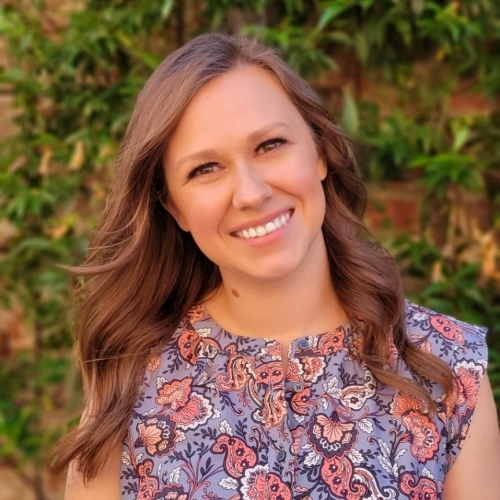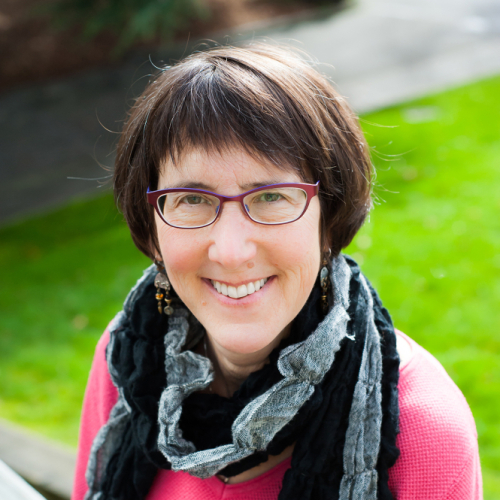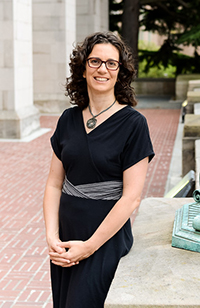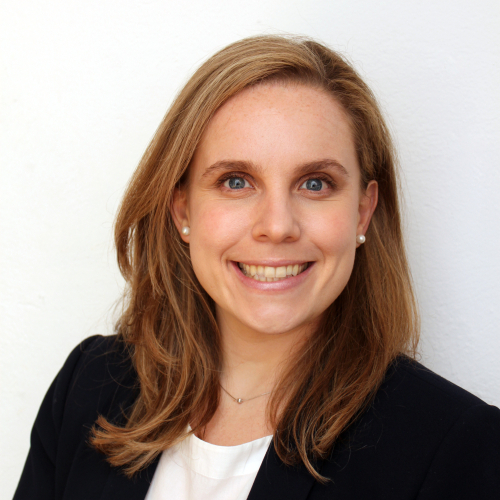In Their Own Words Part II: Faculty on their Research
DR. MILLA TITOVA, HAPPINESS AND WELL-BEING LAB
"Many people seem to have an understanding that there is a difference between what we call a house and what we call a home. Specifically, people associate homes with love, support, and social connections, while houses are seen more for their structural properties. In a series of studies, recent work from the Happiness and Well-Being lab investigated if happiness is what makes a house a home. We showed that the hominess of a residence can be predicted by the happiness of a resident, even controlling for demographics and personality traits. Additionally, we showed that this connection is present when examining people’s workplaces as well. Moreover, experimental studies demonstrated that when people think that a resident of a house is happy, people see their house as homier and like it more. They are also willing to pay more for a house that has been occupied by a happy resident compared to an unhappy resident. Overall, our studies show that happy people describe their residence as homier and outsiders find a house homier if a happy person lived there."
"Autism is prevalent, present from early in development, yet often not identified until later childhood. Early identification can provide families with access to specialized supports and services for enriching their toddler’s development. One line of READi Lab research focuses on improving the knowledge and practices of community-based providers who have early contact with toddlers, such as primary care physicians and Part C Early Intervention providers. We conduct training in evidence-based strategies for identifying the early behavioral features of autism and for coaching families in play-based activities to maximize their toddler’s social-communication development. This research is being conducted across the country, with the goal of identifying scalable models for broader dissemination. Another aspect of our research involves the development of a novel autism screening tool for use in multicultural settings. We are collaborating with community agencies to conduct focus groups with providers and caregivers from diverse cultural, ethnic, language, and racial backgrounds to develop a pictorial measure that is relatable and sensitive to different cultural expectations for child development and behavior."
DR. CHERYL KAISER, SOCIAL IDENTITY LAB
Many organizations value diversity and aim to increase the diversity of their workplace. Yet, organizational diversity efforts often have unintended consequences that run counter to their goals, including obscuring discrimination against disadvantaged groups, betraying disadvantaged groups by offering false promises, and generating backlash from advantaged groups who perceive efforts to dismantle discrimination as attacks on their own group. Our laboratory conducts experimental studies to identify the unintended consequences of diversity initiatives and works to educate organizations about these consequences so that they can
employ more effective approaches and prepare themselves for managing backlash. In recent outreach efforts, we have advised the US Equal Employment Opportunity Commission, the US Department of Energy’s National Laboratories, university leaders, and corporate chief diversity officers.
Social media is central to the lives of adolescents and plays an important role in their mental health, in both positive and negative ways. However, despite the fact that most adolescents are growing up in the Majority world, most of the research on this field has been conducted with adolescents in the Minority world (North America and Europe).
To more fully understand the impacts of social media on adolescent mental health in the Majority world, Dr. Magis Weinberg leads the interACTlab (International Adolescent Connection and Technology Laboratory). Her research focuses on understudied populations in international settings. Her group collaborates with schools in Latin America (México, Perú, Bolivia and Uruguay) to (1) collect data on adolescent development and technology use, and (2) design school programs to promote digital citizenship and healthy digital habits in ways that are culturally appropriate. Schools can be a vital source of support and education on how to use social media in a healthier way, allowing youth to maximize the benefits and minimize the risks of growing up in an increasingly digitalized world.



